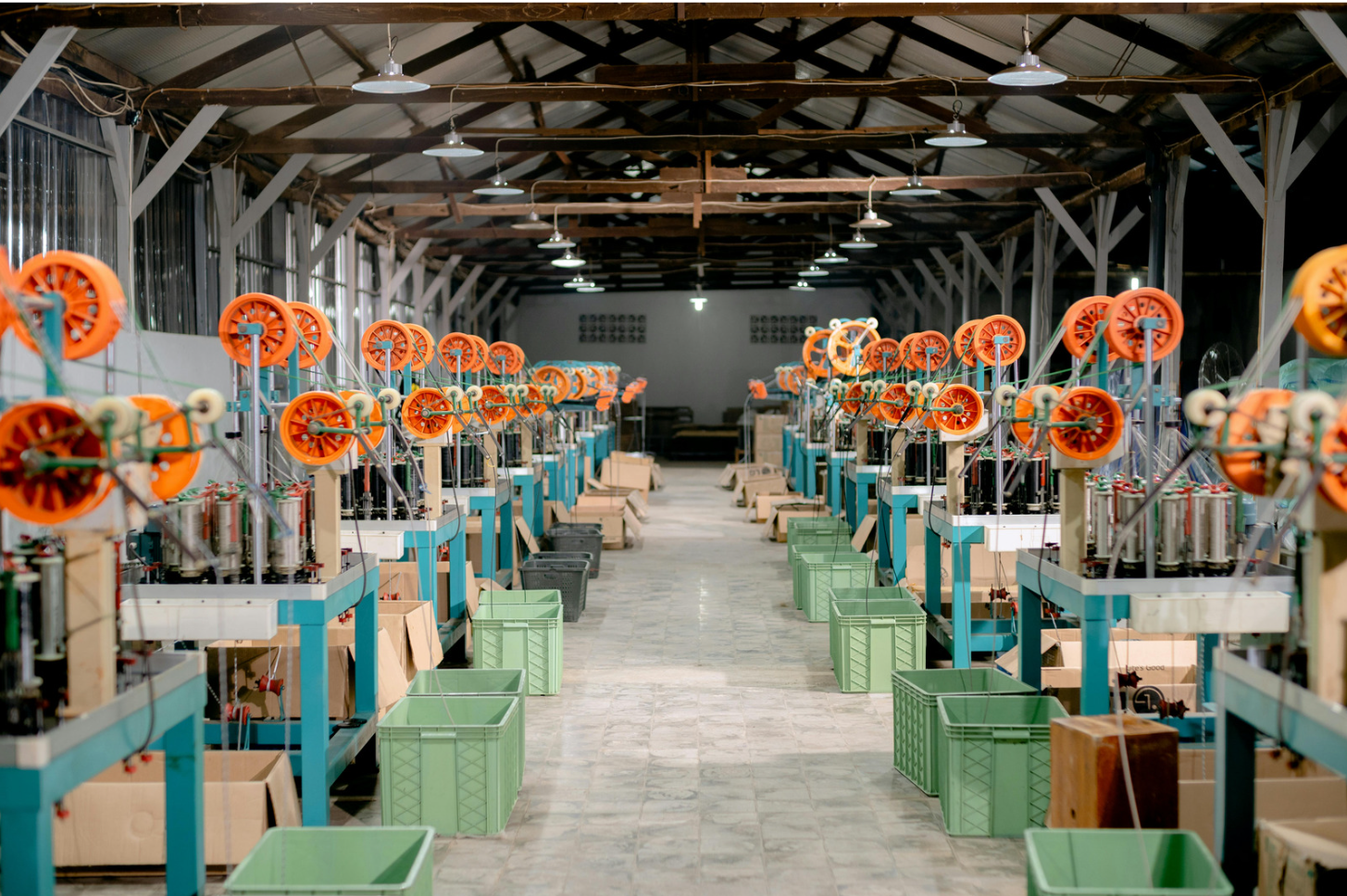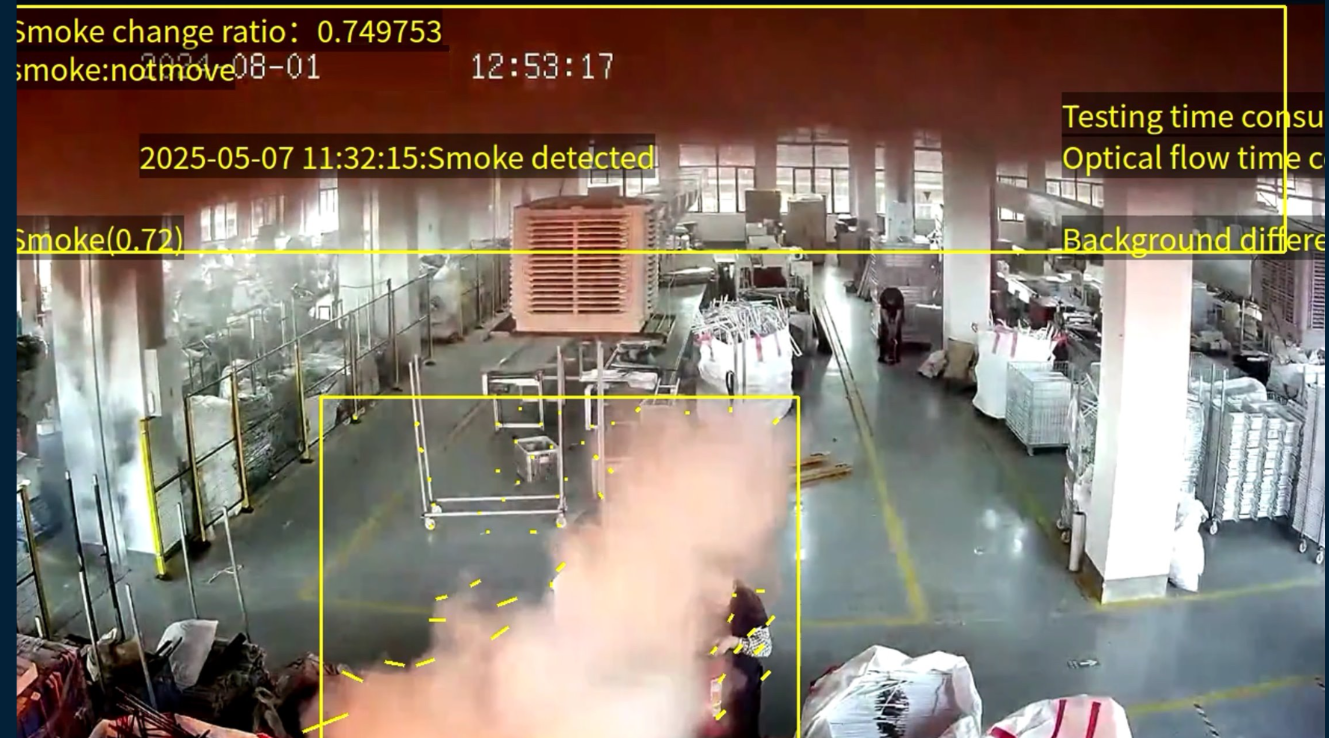


APPLICATION SCENARIOS
AI SAFETY ALGORITHMS
AI-powered safety algorithms utilize computer vision and pattern recognition to detect, analyze, and respond to hazardous behaviors and environmental threats while improveing real-time situation awareness and compliance.
It can be organized into 3 categories.
ADVANCED AI ALGORITHMS
Safety Compliance & Behavior Monitoring
.png)
.png)
- Reverse riding on personnel transport system
- Roof and rib tapping behavior recognition
- Seatbelt usage
detection
- Face mask compliance detection
- Hard hat compliance detection
- Mobile phone usage detection
- Dual-personnel door access detection
- Personnel intrusionun
- Authorized entry into operational area
- Personnel intrusion into operating machinery area
- Unsafe behavior of conveaayor belt personnel detection
- Dress code violation detection
- Smoking/phone usage detection
- Work overtime detection
- Anomalous behavior recognitionfall detection
- Stranger detection
- Multiple personnel collaborative operation detection
- Security personnel absence detection
Equipment & Environmental Monitoring


- Conveyor belt coal accumulation
- Conveyor belt coal flow monitoring
- Conveyor belt misalignment
detection (segmentation)
- Hydraulic support system malfunction
- Machinery blockage detection
- Machinery material interruption detection
- Mine cart speeding detection
- Flame and smoke detectionsmoke detection
- Static electricity elimination detection
- High temperature detection (thermal imaging camera)
- Tanker stagnation detection
- Obstruction and blur detection
- Alarm light detection
- Large foreign object detection
- Large object identification
- Foreign object identification
- Color anomaly detection
Access Control, Surveillance & Analytics
.png)
.png)
- Maintenance area presence
detection
- License plate recognition
- Door open alarm
- Anti-theft alarm
- Scheduled patrol
-Operational machinery attendance detection
- Overcrowding detection
- Virtual fence detection
- Personnel entry and exit counting
- Parking violation detection
- Fixed positioning
VIRTUAL FENCE: Perimeter & Zone Intrusion
Overview
AI-based zone mapping via security feeds. No physical barriers or motion sensors
How it works
1. Security cameras monitor high risk areas
2. User-defined virtual boundaries
3. AI detect movement
4., Instant visual alarms & event recording
Benefits
- Worker safety without physical changes
- Flexible zone modification
- Improve safety compliance
- Scalable across multiple zones


HUMAN BEHAVIOUR DETECTION: Safety Helmets

Overview
Use existing security cameras and built-in computer vision models to detect safety helmets
How it Works
1. Live video from security cameras
2. Algorithm analyzes worker heads for PPE compliance
3. Visual triggers for non-compliance
4. Auto-generates reports with timestamps + footage
Benefits
- Immediate risk mitigation
- Enhanced safety audit with logs
- Reduced need for manual supervision
FLAME & SMOKE DETECTION
Overview
Uses thermal and optical cameras to detect early signs of smoke, flame, or overheating
How it works
1. Cameras with real-time footage at machine areas
2. Detects visual/fire patterns
3. Instant alerts to control room, safety systems, or suppression units
4. Data stores for reporting, training, and incident review
Benefits
- Identifies threats before alarms or visible flames
- Reduce risk to workers and infrastructure

Customization Available
- Compliance with local data privacy regulations
- Regular updates & security patches
- Tailored solutions to meet specific needs
- Integration with internal systems
- Edge computing deployment:
- on a moving vehicle
- remote location
- very limited network connection condition
- rural areas
.png)
